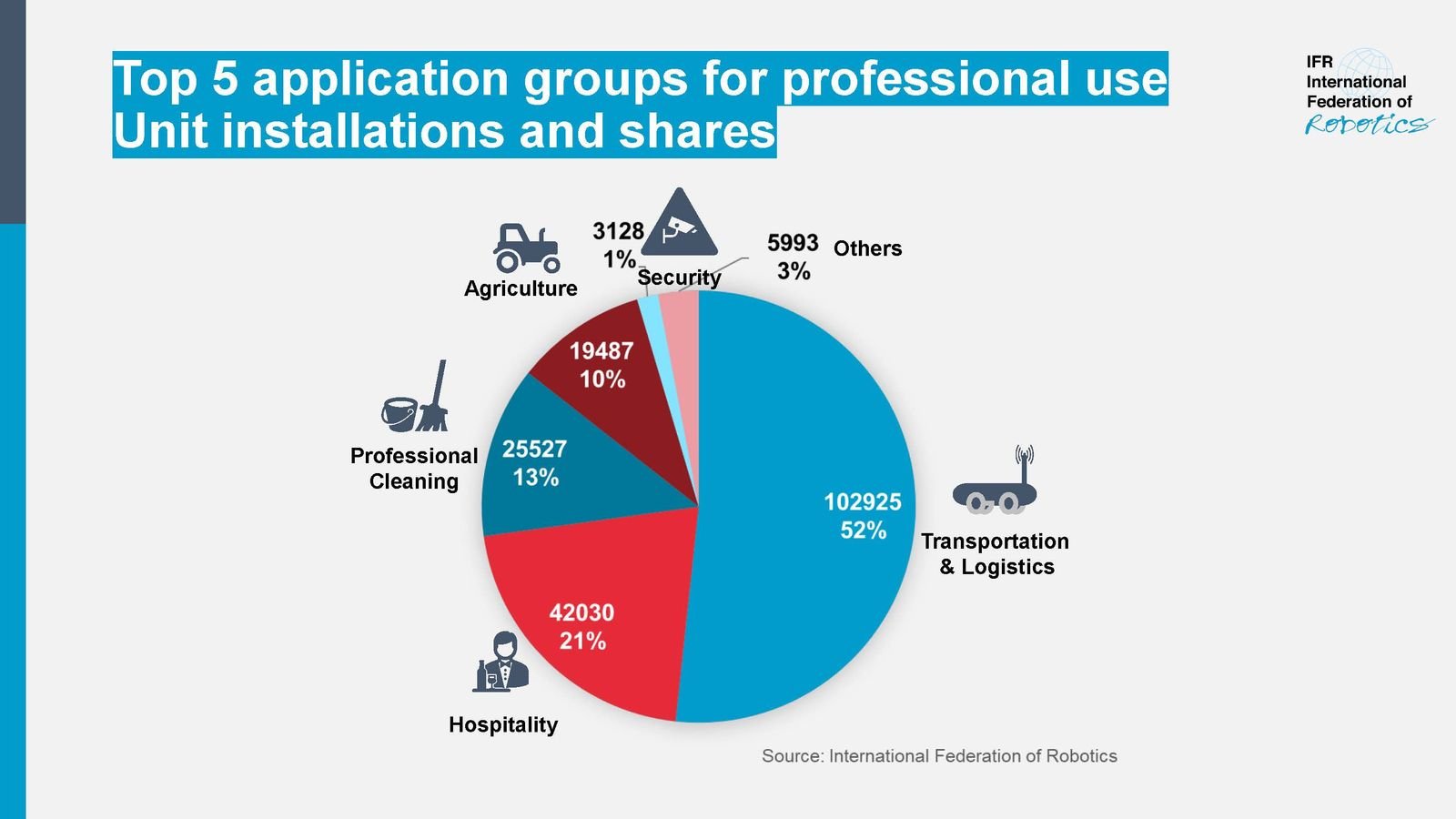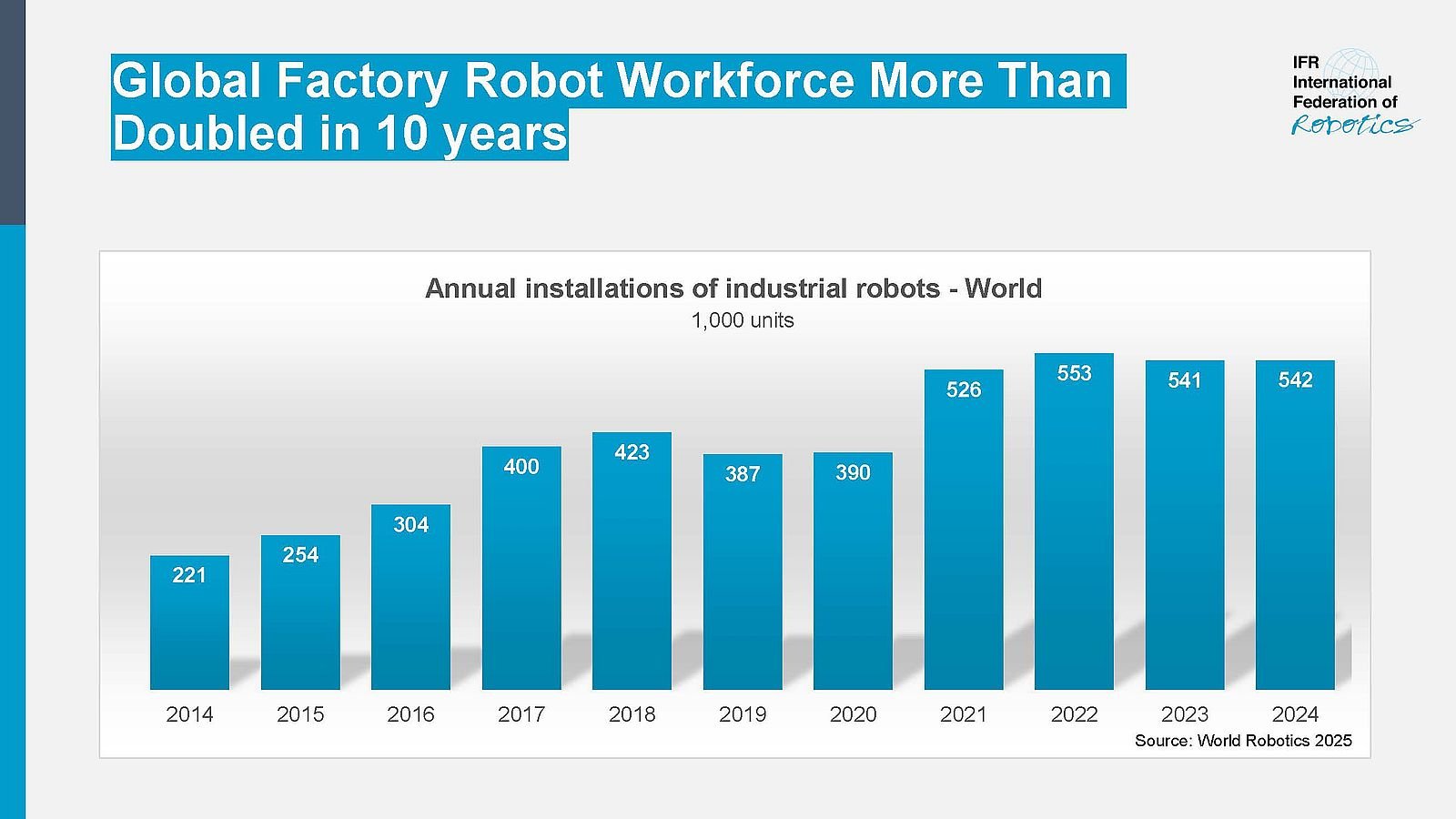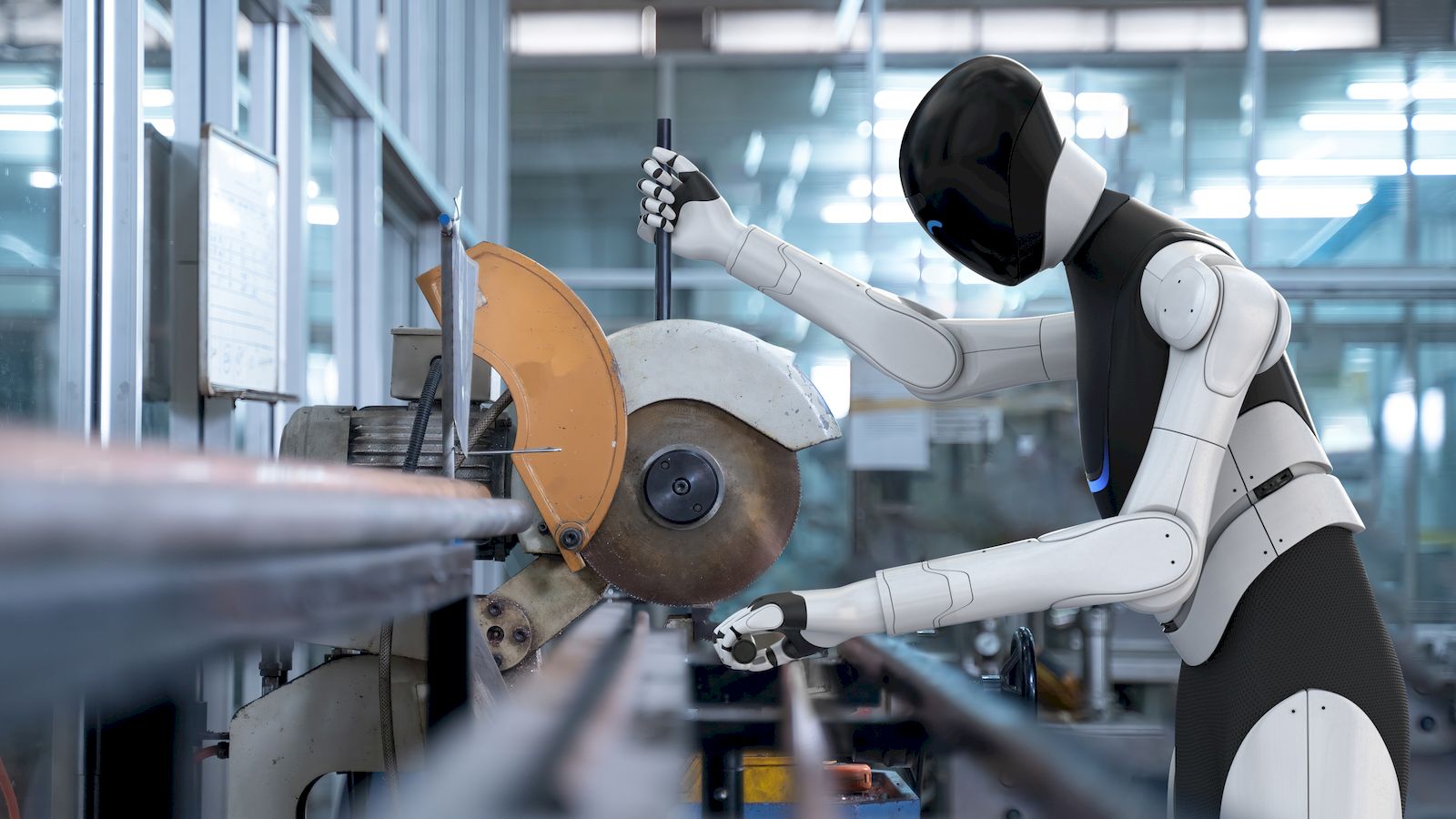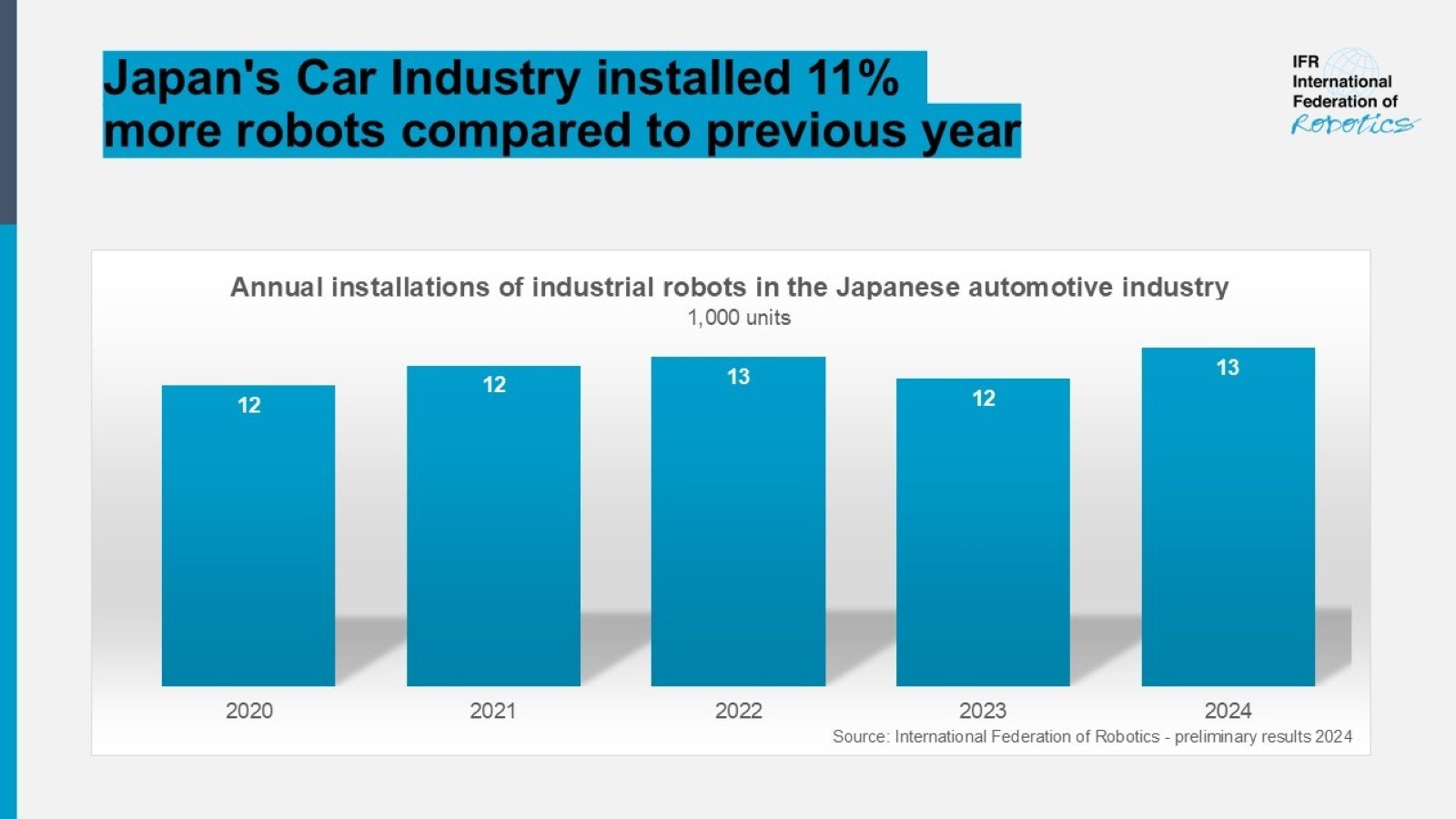
Robotics Research: How Asia, Europe and America Invest
Global Report 2025 by IFR
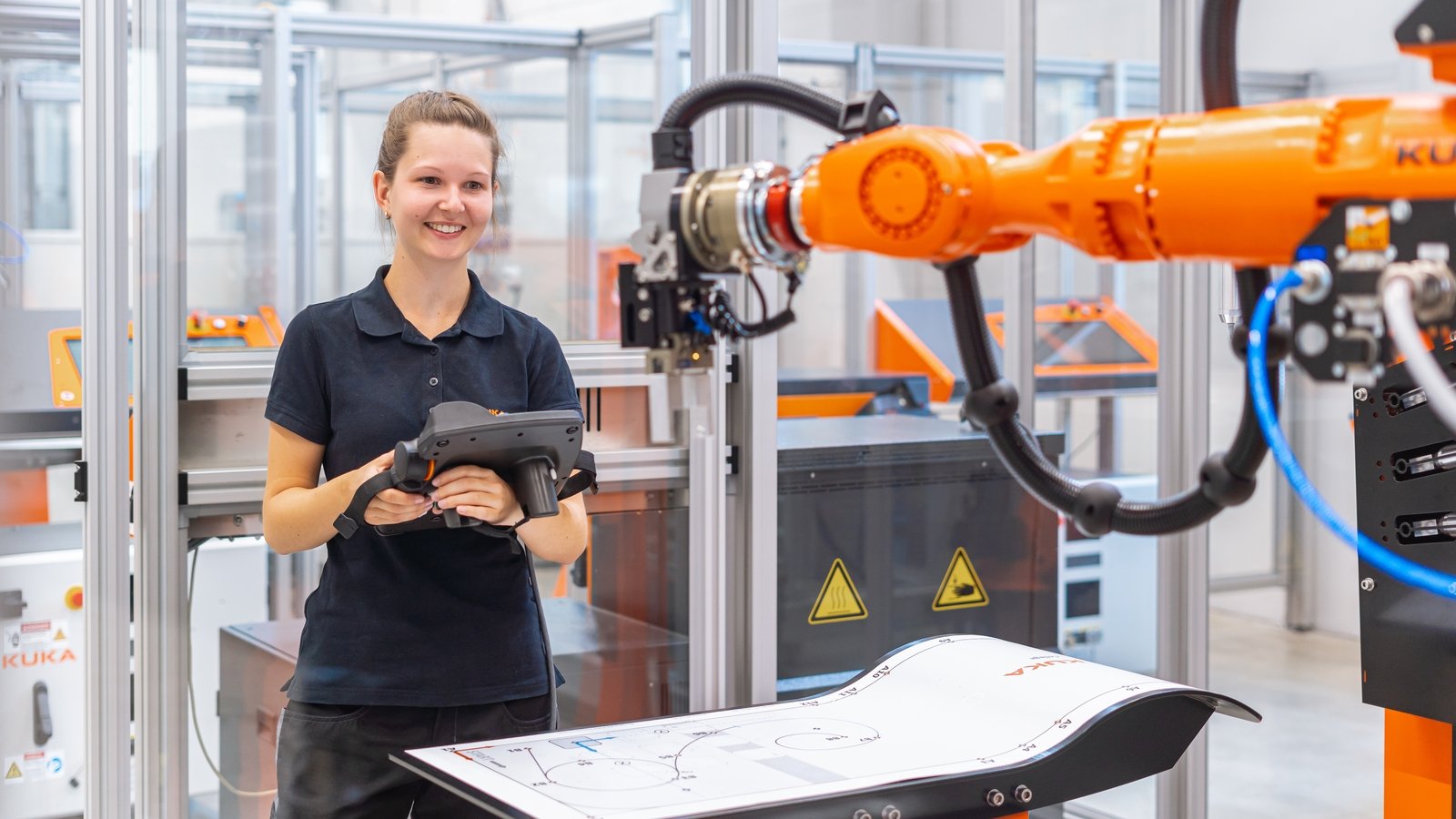
KUKA education centre (copyright KUKA group) - higher quality on request
"The 4th edition of the World Robotics R&D Programs covers the latest funding developments, including updates in 2024," says Prof. Dr. Jong-Oh Park, Vice Chairman of the IFR Research Committee and member of the Executive Board. “A total of 13 countries are in the list, with Singapore and Canada being presented for the first time in this publication.”
Robotics R&D programs overview: China, Japan, Korea, EU, Germany, USA
In China, the "14th Five-Year Plan" for the development of the robotics industry runs until 2025. The program, published by the Ministry of Industry and Information Technology (MIIT) in Beijing in December 2021 focuses on promoting innovation. The aim is to make China a world leader in robotics technology and industrial development. The “Key Special Program on Intelligent Robots” has been updated in July 2024. The budget of about USD 45.2 million (about CNY 329 million) promotes the development of independent key sectors of the national economy. Key targets include Fundamental Frontier Technologies e.g. training of generative AI models.
The recent statistical yearbook "World Robotics" by IFR shows that China reached a robot density of 470 units per 10,000 workers in the manufacturing industry: The country ranks third worldwide in 2023. China only entered the top 10 in 2019. It has managed to double its robot density within four years.
In Japan, the “New Robot Strategy” aims to make the country the world´s number one robot innovation hub. Key sectors remain unchanged including manufacturing, nursing and medical, and agriculture. The “Moonshot Research and Development Program”, launched 2020, will run until 2050 with a budget of USD 440 million (JPY 25 billion). Ten Moonshot goals have been set in the areas of society, environment and economy to achieve 'human well-being'. These include issues facing society in the future, such as an ageing population and global warming. The program promotes the realization of AI robots that learn autonomously, adapt to their environment, evolve in intelligence and act alongside humans.
According to the statistical yearbook "World Robotics" by IFR, Japan is the world´s number one industrial robot manufacturer. The country globally ranked in fifth place with 419 units per 10,000 workers installed.
In Korea, the government announced the "4th Basic Plan on Intelligent Robots" in January 2024 which will run until 2028. An investment of USD 128 million (KRW 180 billion) supports the development of the robotics industry as a core industry for the Fourth Industrial Revolution, as well as innovation in manufacturing and services. Key targets are to improve technology, manpower and corporate competitiveness which constitute the foundation of the Korean robotics industry. The country aims to strengthen strategic inter-company, international, and interregional cooperation for the robotics industry.
The statistical yearbook "World Robotics" by IFR lists Korea as the world´s number one adopter of industrial robots with 1,012 robots per 10,000 employees. Robot density has increased by 5% on average each year since 2018.
Horizon Europe is the European Union’s key research and innovation framework program. The budget is set of USD 100 billion (EUR 95.5 billion) and runs until 2027. Top targets are: strengthening the EU’s scientific and technological bases, boosting Europe’s innovation capacity and competitiveness. The European Commission provides total funding of USD 183.5 million (EUR 174 million) for the robotics-related work program 2023-2025 that was partly updated in April 2024. The focus is on industrial leadership in AI, data and robotics, clean energy transition and innovative health initiatives, to name but a few.
According to IFR's “World Robotics” statistics, the European Union has a robot density of 219 units per 10,000 workers, with Germany, Sweden, Denmark and Slovenia in the world's top ten.
Germany´s R&D and innovation program “High-Tech Strategy 2025 (HTS)” runs until 2026 with a total budget set to USD 369.2 million (EUR 350 million). The “Robotics research action plan” shall support the cross-connection of research centers as “Robotics Institute Germany”, support skilled labor and bring robotics research results into application.
According to the report "World Robotics" by IFR, Germany is the largest robot market in Europe – the robot density ranks fourth worldwide with 429 robots per 10,000 employees.
Robotics R&D programs managed by the United States include basic research on Intelligent Robotics and Autonomous Systems by the National Science Foundation (NSF), "Space Robotics" by the NASA and "Military Robotics and Autonomous Vehicles" by the Department of Defense (DoD). Following the Mars exploration program, NASA has launched the Artemis project to send astronauts to the surface of the moon and to develop promising capabilities for Mars missions after 2024. The total budget for Artemis is USD 53 billion for fiscal years 2021-2025. The NSF’s research programs support the development and use of robotics in workplaces, hospitals, communities, and homes. The budget requested for 2024 is around USD 70 million. The DoD‘s 2023 budget includes USD 10.3 billion for autonomy and robotics technologies.
The statistical yearbook "World Robotics" by IFR shows that robot density in the United States hit 295 units in 2024. The country ranks tenth in the world. Regarding annual installations of industrial robots, the USA takes third position.
Press contact
International Federation of Robotics
PRESS OFFICER
Carsten Heer
phone +49 (0) 40 822 44 284
E-Mail: [email protected]
Video
Downloads
Please find the information paper “World Robotics R&D Programs” by IFR for download at: https://ifr.org/r-and-d (download requires registration)
